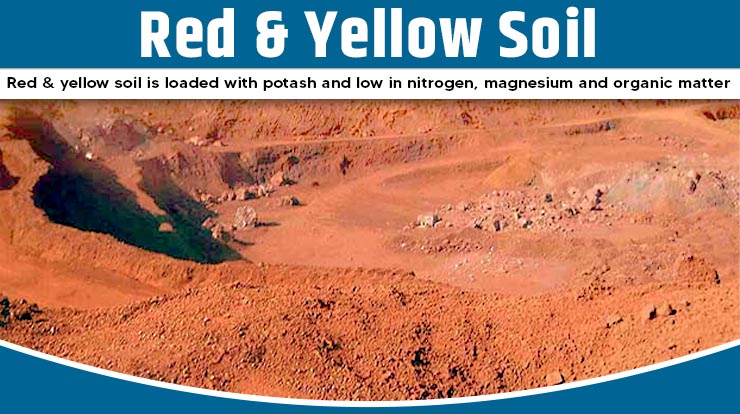Welcome, students, parents or teachers in this article we are going to give you the answer of What is Red and yellow soil? 7 benefits of the soil. Take a note that in exams you can add more points in answer to score more. To earn extra marks you can explain it in about 300 words. Thanks for reading the answer.
What is Red and yellow soil? 7 benefits of the soil
Red and yellow soil refers to soil that is primarily composed of clay and iron oxide, which gives it its red or yellow color. These types of soils are typically found in regions with warm climates, such as tropical or subtropical regions, and are known for their high fertility and ability to retain moisture. They are also rich in minerals, including iron, aluminum, and silicon, and are ideal for growing crops such as rice, cotton, and soybeans.
Also Read: Unleash Your Inner Bridezilla: 15 Wedding packing ideas for bride
7 benefits of the soil
High fertility: Red and yellow soils are known for their high fertility, making them ideal for growing a wide variety of crops.
Good water retention: These soils have a high clay content, which helps to retain moisture and prevent water loss.
Rich in minerals: Red and yellow soils are rich in minerals such as iron, potassium, and magnesium, which are essential for plant growth.
Good drainage: These soils have a good drainage system, which helps to prevent waterlogging and the growth of harmful bacteria.
Also Read: In the world of chemistry: State the modern periodic law
High organic matter content: Red and yellow soils have a high organic matter content, which helps to improve soil structure and promote healthy plant growth.
Suitable for a wide range of crops: These soils are suitable for growing a wide range of crops, including cereals, vegetables, fruits, and cash crops.
Low erosion potential: These soils have a low erosion potential, making them ideal for long-term crop production and sustainable agriculture.
Also Read: State five differences between bhangar and khadar with Definition
